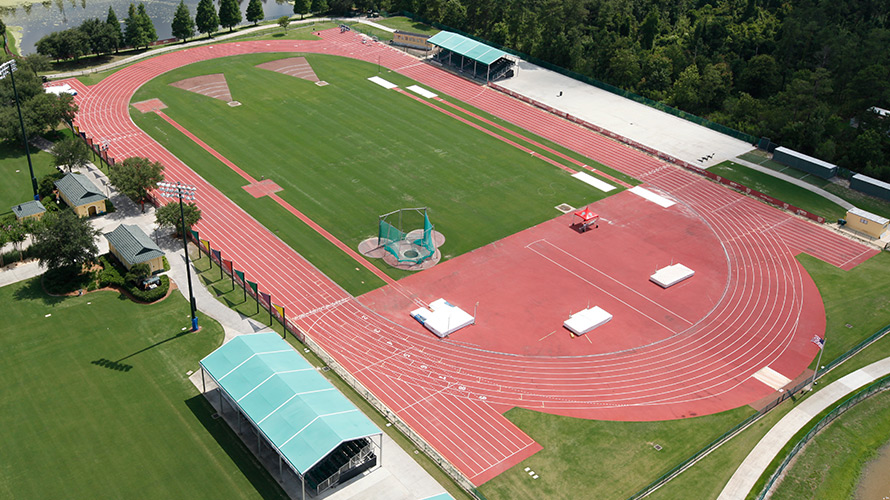All Events Matter, All People Matter

Years ago, competing in the Original Ultimate Runner Competition was as close to a perfect fit for my personality as any other sports event.
Running a 10k, 400 meters, 100 meters, a mile, and a marathon on the same day against some of the best runners in the world in their specialty satisfied a competitive fire inside and brought me profound joy that is hard to explain. I was in my element; the event was best suited for how I was wired.
A pentathlete, decathlete, or even an Ironman competitor will understand what I mean.
Doing more than one event opens the mind and soul to what's possible in the human spirit, but it also makes you appreciate what people go through to train for a single event.
I always preferred participating in more than one event. I enjoyed all track and field events and thrived with a more-is-better attitude by competing in multiple events.
I had the same philosophy in my work life after retiring from running. I liked multiple jobs, similar to how I participated in multiple events during my running career.
When I became a CEO, Superintendent, CIO, member of a Governor's Cabinet, and executive team member of one of the largest public pension systems in the U.S. after my running career, I liked all those jobs and different types of people in the organizations I worked for over the years.
The positions above required a big-picture view of the organization, much like the original Ultimate Runner competition, where you had to understand all the events to succeed. You had to understand all departments, from accounting to marketing.
As a CEO and CIO, you must learn about the organization's jobs, processes, systems, and, most importantly, how people in different jobs work and understand information.
Using the Original Ultimate Runner Race analogy, “You must know about all the events from 100 meters to the marathon.”
I saw the interconnectedness of all parts of an organization during my career, similar to my experience in the Original Ultimate Runner Competition.
You understand why every position and person is essential and valuable to an organization in "their event" if you take the time to see a big-picture view of the organization.
By taking a big-picture view, you also discover how work silos work and how to unite people in different silos instead of living and working in isolation.
Massive improvements can happen when people come together for the common good of an organization, understand and appreciate others' roles, and check their egos at the door.
When you work in a world of systems and interconnectedness, you learn compassion for all people, their positions, and the details about why every person and function is essential.
Like the ultimate runner competition, when taking a big-picture view of an organization, you learn to see and appreciate the incredible value of what people do to train and get great in all the events (their jobs).
I remember working with a few sections of people in an organization who could not stand each other for probably 15-20 years.
After creating a workflow that illustrated how everything worked between their respective departments, they began to understand each other's events, appreciated each other's work tasks, and stopped bickering and finger-pointing.
Taking a big-picture view of the systems and processes that connected each section helped each person understand roles more clearly and the value other people brought to the organization that they had never understood before.
What The Ultimate Runner taught me about the value of multiple events I used my entire career.
There are many different events (jobs) in life, but all events and jobs are equal in value. Each event requires unique skills and abilities that contribute to the greater good.
Said another way, all events matter, and all people matter. Every person contributes to the best event that suits them.
Doing all those events in one day, from 100 meters to the marathon (similar to doing many different jobs), taught me to appreciate the gifts of every type of person and their unique skill set in each event and the struggles they faced to be the best they could be with the talent they were given.
Training for over a year and then racing in The Original Ultimate Runner race opened my eyes to what was possible and how to better appreciate differences between people and their events than an MBA or Ph.D. program.
The Ultimate Runner race taught me in a hands-on, experiential way that you can always do more, be more, and connect more with others than you are led to believe.
More importantly, I learned that every event is equal in value and necessary for success for the entire team to become successful.
No person and no event are disposable. All bring incredible value to the team.
Blessings,
Coach Weber
Philippians 4:13
You can read about the Original Ultimate Runner Competition if you are interested in the event.
